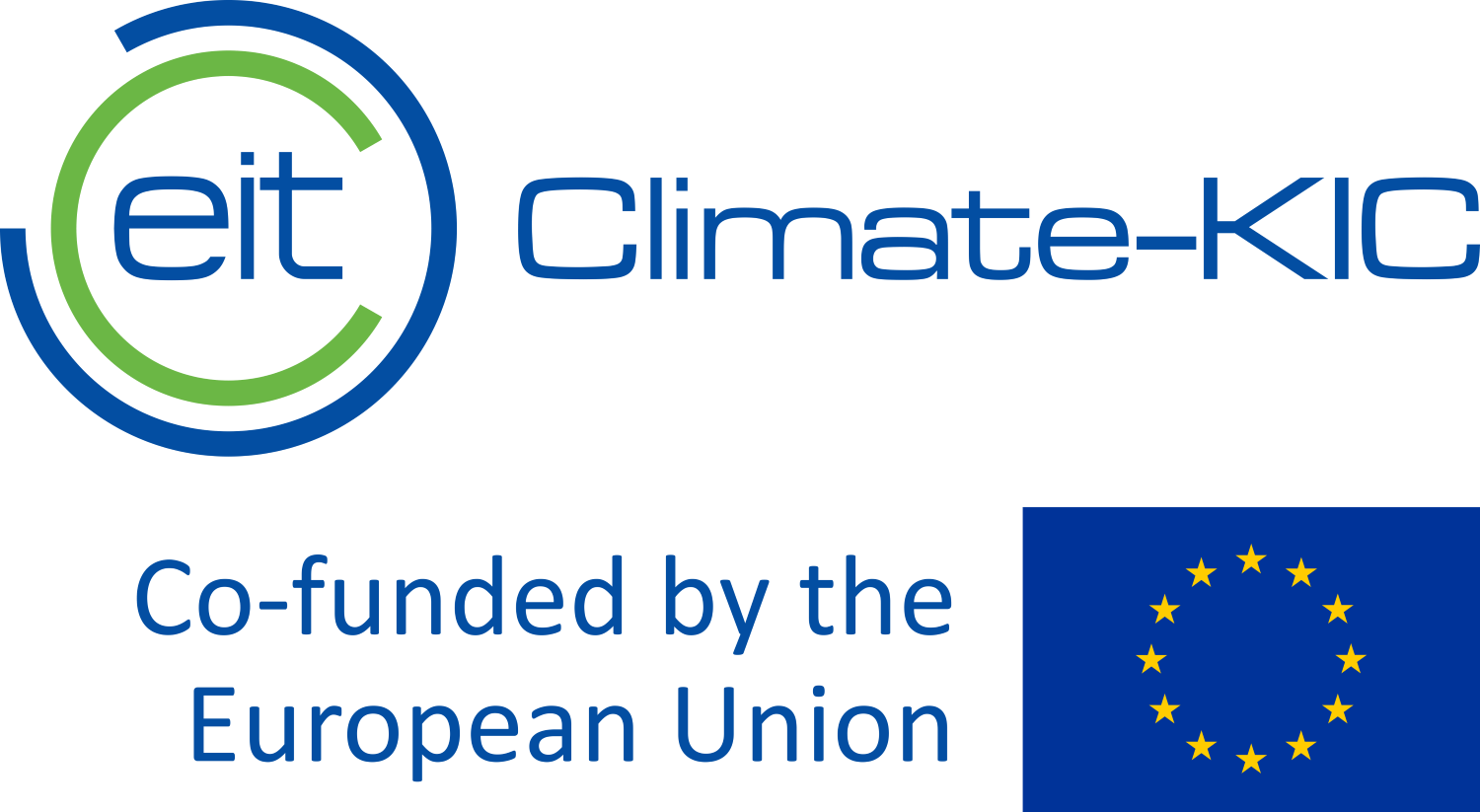The paper explores four key characteristics – control, automatization, local, low-carbon / low-resources (CALL) – that we expect will define the financial sector in 2030:
- The increasing control that consumers and companies have on each other, for example through social media campaigns by consumers and supervision of online activities by companies;
- Growing automatization and rising complexity in the production process, with the use of robotics and artificial intelligence;
- The increasingly local delivery of goods and services, driven by 3D printing, a reduction in the role of natural resources, and an emphasis on non-tradeable products and services;
- Finally, growing use of renewable and synthetic resources instead of natural resources, resulting in a low-carbon / low-resource economy.
Implications for financial institutions:
- Prepare for an empowered consumer base. As consumers increasingly focus on sustainability and social issues, financial institutions need to offer more meaningful sustainability actions in their financial products and services.
- Use technology to reduce transaction costs in the financial sector. Financial institutions will need to compete digitally and should prepare themselves to use technology as a tool to reduce transaction costs.
- Manage long-term risks. Financial institutions should broaden their scope of thinking about long-term risks; i.e., recent commitments on climate actions must be backed up by a broader commitment to long-term risk management beyond one-off risk exercises related to climate.
Implications for financial supervisory authorities and central banks:
- Regulate for the economy and financial sector of tomorrow. Only then will financial supervisors and central banks be able to prepare for and manage calculable risks, such as climate change, or algorithms that replace humans in decision-making processes.
- Support the public and economic policymakers in understanding and navigating the transition. Central banks’ unique access to data and role in the system should be mobilized to help governments better understand the trends that are highlighted in this report.
- Supervise long-term risks. Financial supervisors and central banks must effectively measure, monitor, and mitigate long-term risks.
- Align practice with mandates. As research has shown, supervisors and central banks already have certain sustainability mandates that they have still not actioned today. At the same time, central banks’ mandates related to financial stability are almost always interpreted to have financial stability over the business cycle. Central banks should supervise “beyond the business cycle”.
About our funders: This project has received funding from EIT Climate-KIC.




